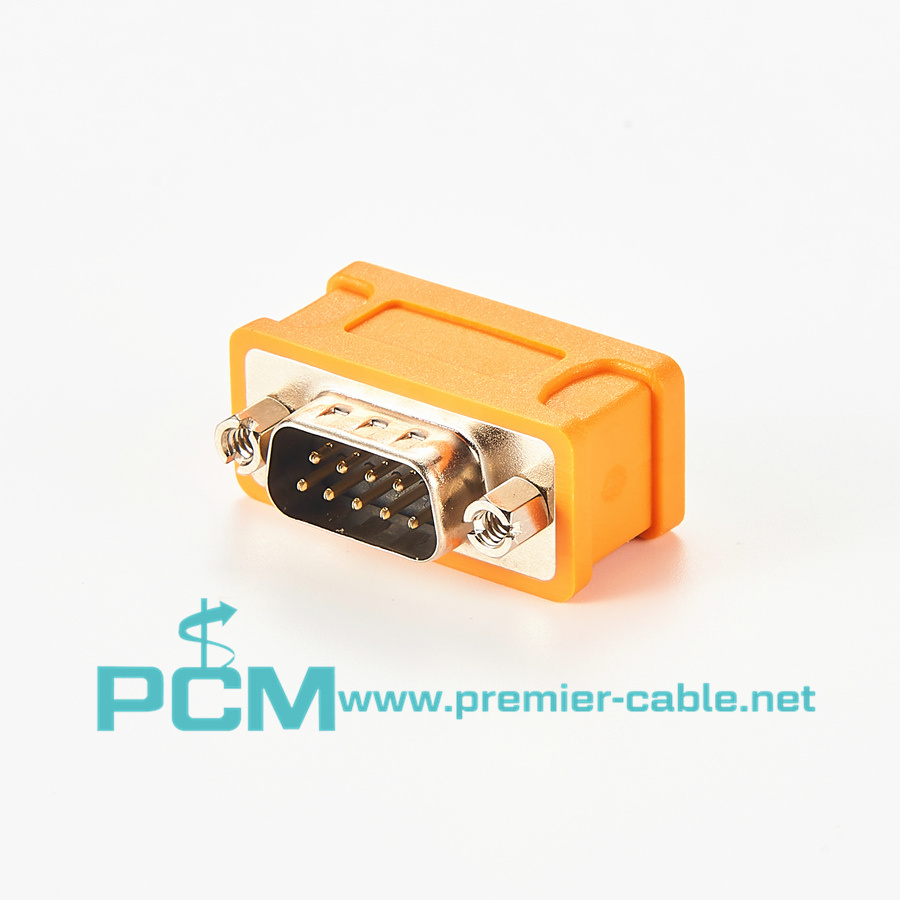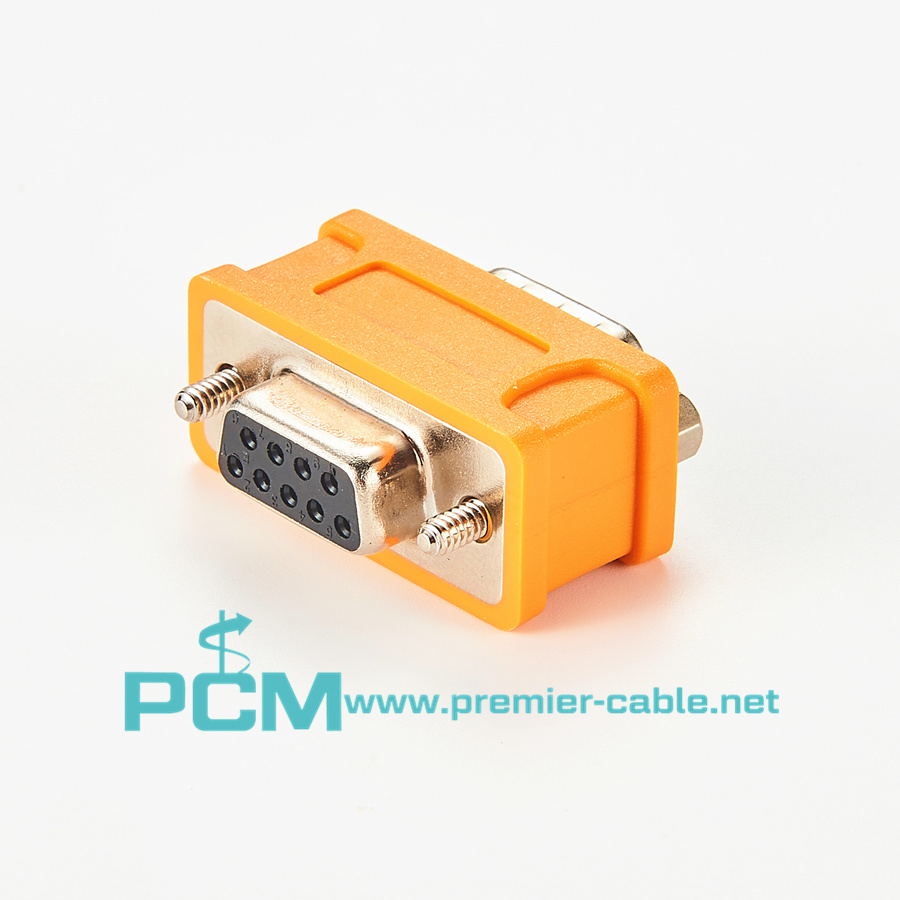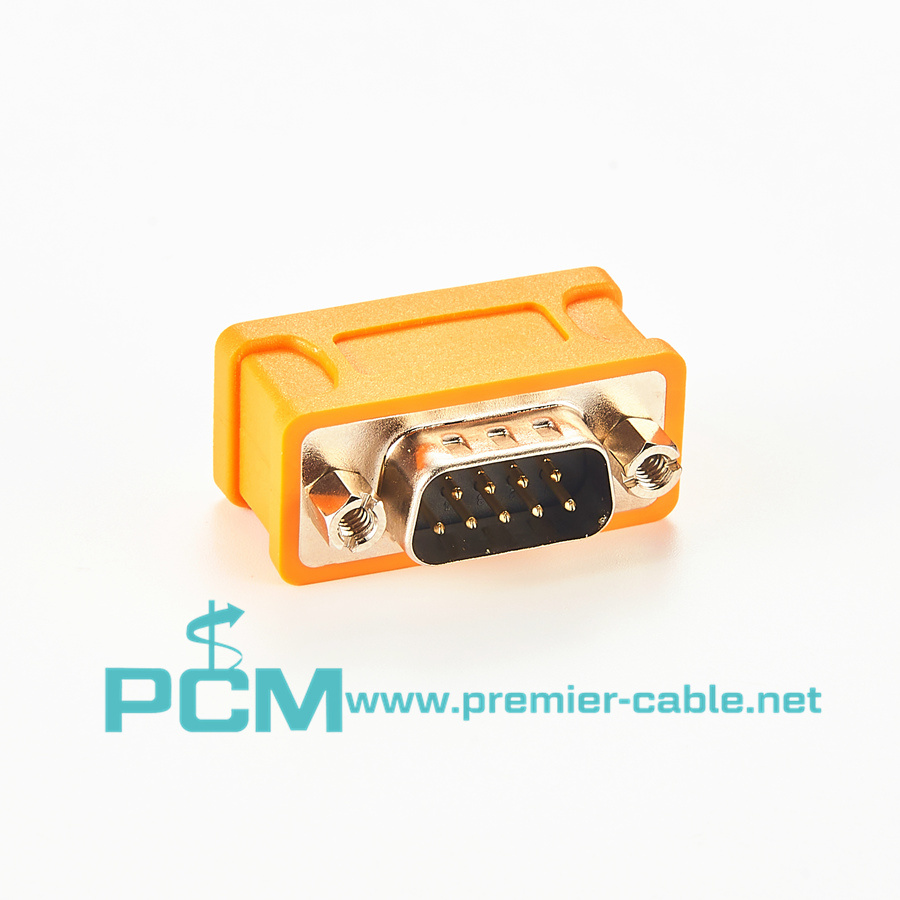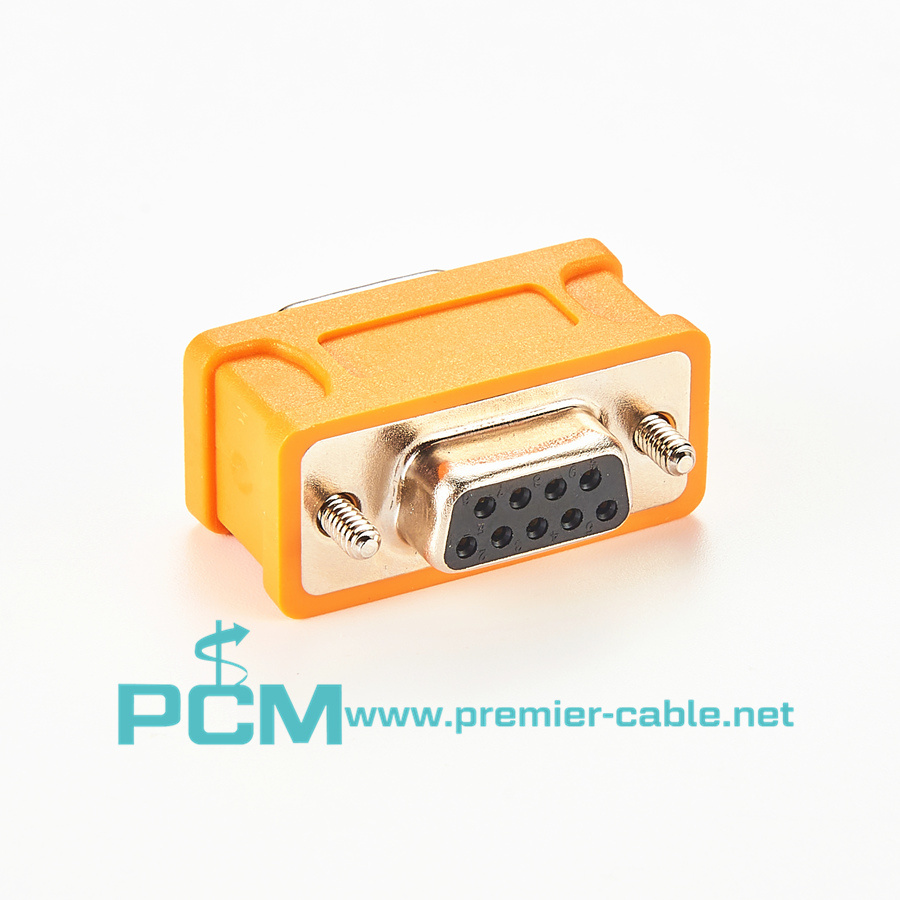 Esperanto
Esperanto
 Shqiptare
Shqiptare
 Euskara
Euskara
 Zulu
Zulu
 Latinus
Latinus
 Cymraeg
Cymraeg
 தமிழ்
தமிழ்
 Slovak
Slovak
 Slovak
Slovak
 Afrikaans
Afrikaans
Products
Product Center
DB9 CAN Bus Terminal Adapter 120ohms Resistor
Number:
1079910221662015488
Category:
CAN Bus Cable Adapter
Detail
DB9 CAN Bus Terminal Adapter 120ohms Resistor
SUB-D9 Connector With CAN Termination
CAN Termination Sub-D9 Connector
Pin-out In accordance with CiA 303-1
It contains a 120 Ohm terminal resistor between the CAN High / CAN Low pins.
This CAN bus termination resistor is a D-sub 9 pin male connector & female socket.
Compatibility High Speed CAN Bus (ISO 11898-2) incl. CAN FD, SAE J1939, OBD2, NMEA, CANopen Connector Male / Female DB9 D-sub 9 pin
What is the function of CAN bus terminating resistor ?
Students who have used CAN or RS-485 bus should have some understanding of terminal resistance. When using 485 and CAN bus, they only know to add a 120 ohm terminal resistance, but what is the specific function of the terminal resistance? What is a terminating resistor?
Termination resistance is an obstacle encountered in the transmission process of electronic information.
When high-frequency signal is transmitted, the signal wavelength is shorter than that of the transmission line, and the signal will form a reflected wave at the end of the transmission line, which will interfere with the original signal. Therefore, it is necessary to add a terminal resistance at the end of the transmission line so that the signal does not reflect after reaching the end of the transmission line, but not for low-frequency signals.
In long-line signal transmission, in order to avoid signal reflection and echo, it is also necessary to connect a terminal matching resistor at the receiving end.
After reading the above definition, everyone may know that the function of the terminal resistor is mainly to eliminate signal reflection.
1: What is the specific function of the terminal resistor?
There are three functions of the CAN bus terminal resistor :
1. Improve the anti-interference ability, let the high frequency and low energy signal go away quickly
2. Ensure that the bus quickly enters the recessive state, so that the energy of the parasitic capacitance can go away faster;
3. Improve the signal quality and place it at both ends of the bus to reduce the reflected energy.
At the end of the cable, increase the terminal resistance (such as 120 ohms) that matches the impedance of the cable, and there will be no sudden change in impedance, which can effectively avoid signal reflection.




Leave a Message
Make you smile , is our mission. We are glad to reply all your questions about cables processing or our products. Please fill in the table below. Thank you
